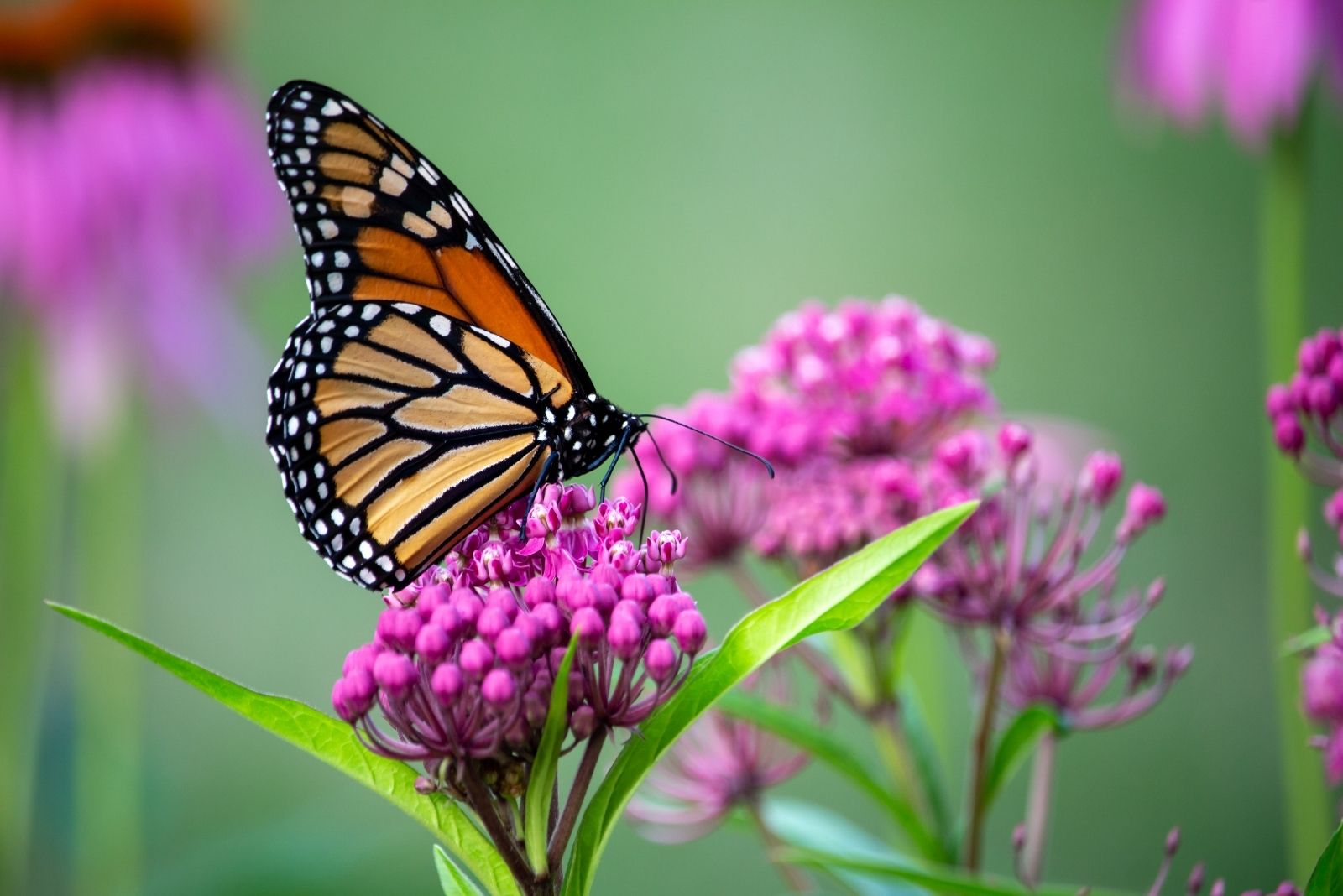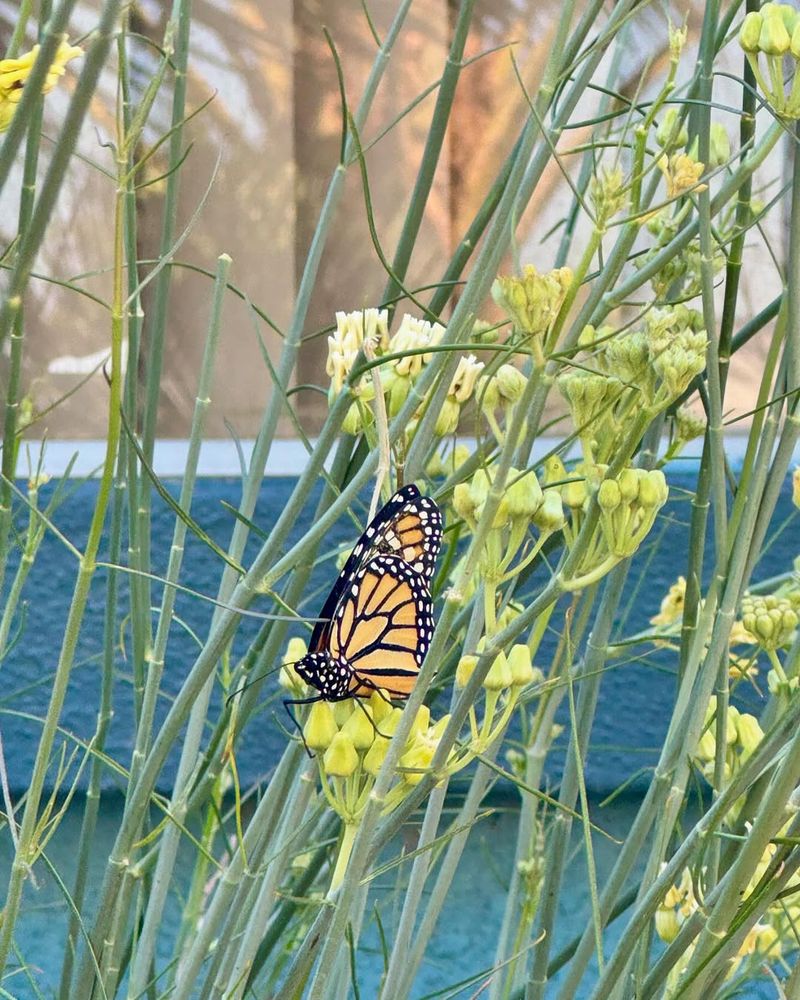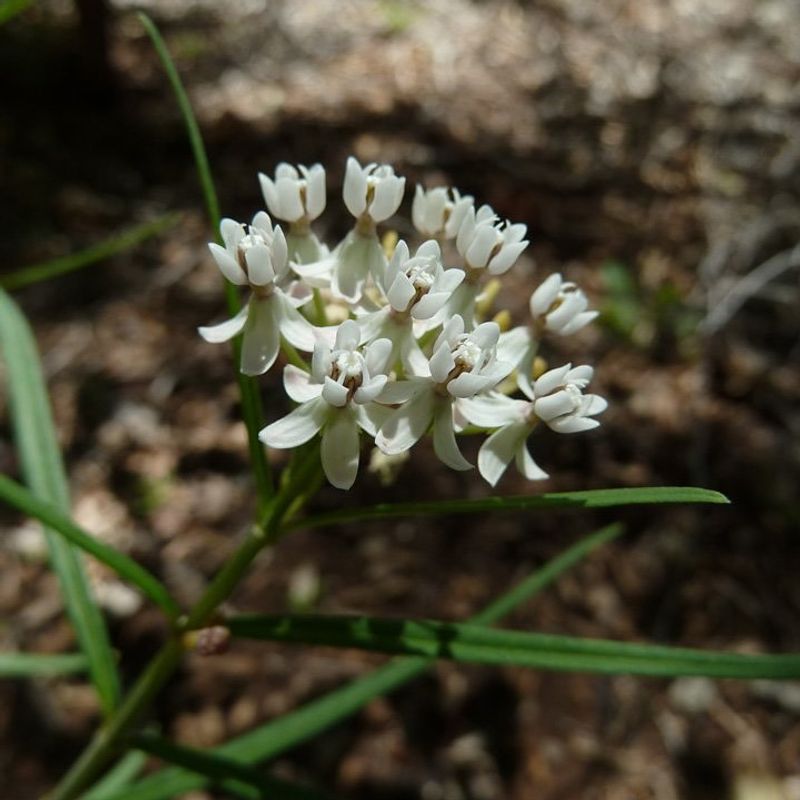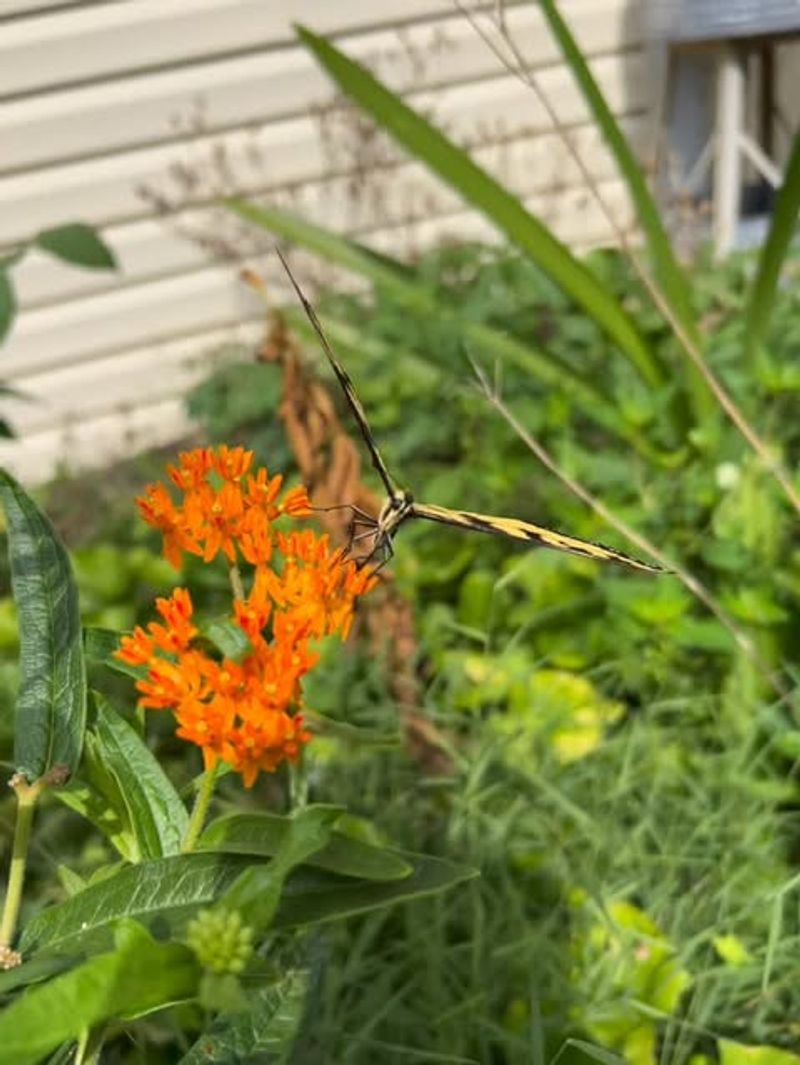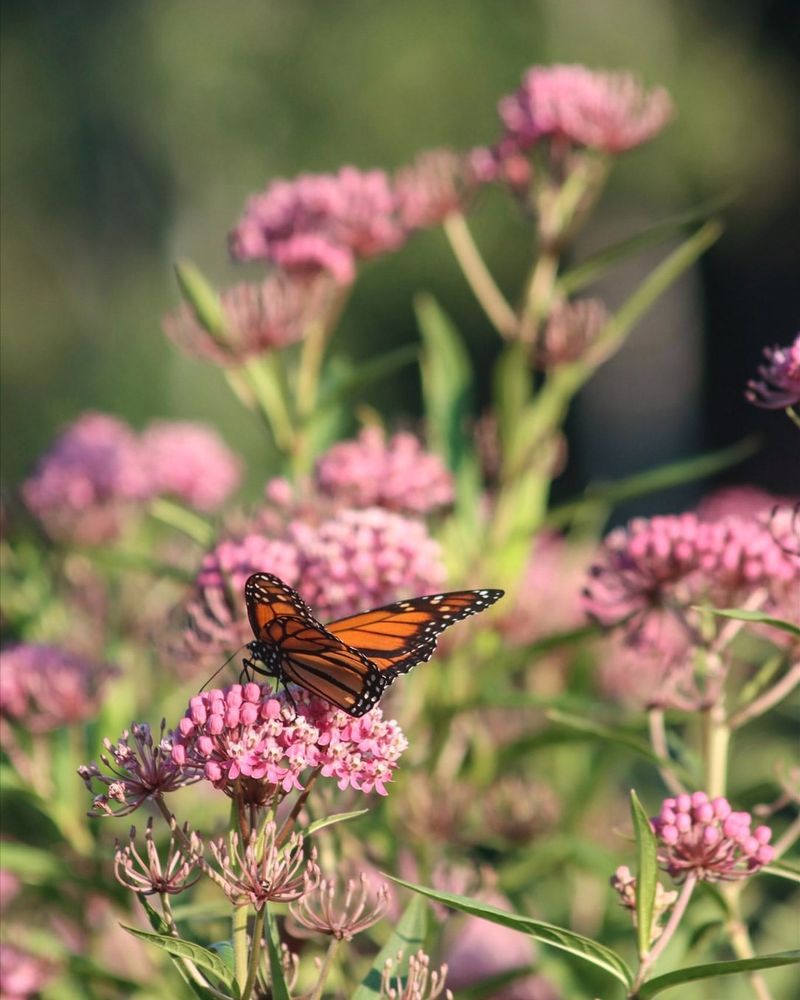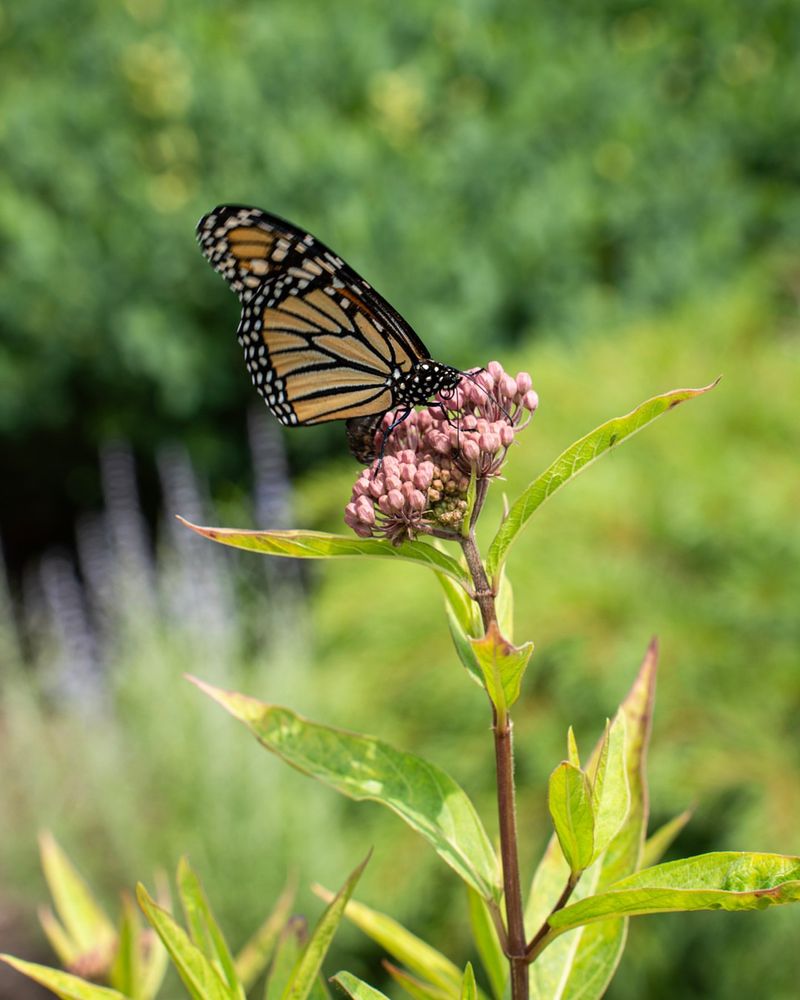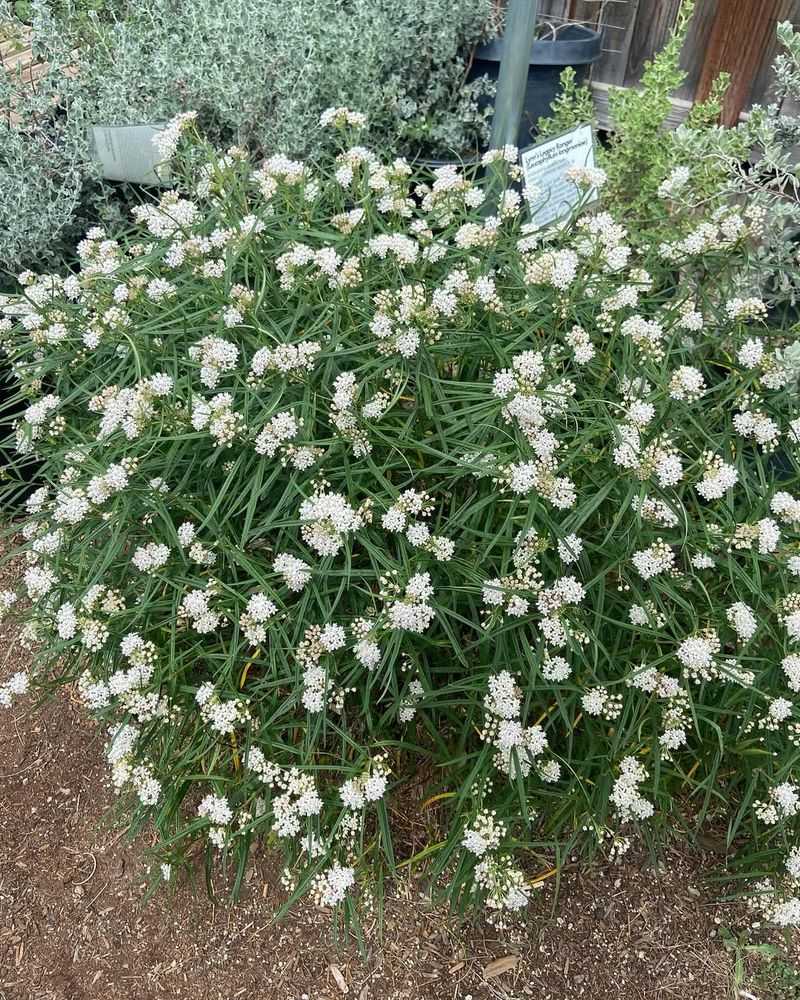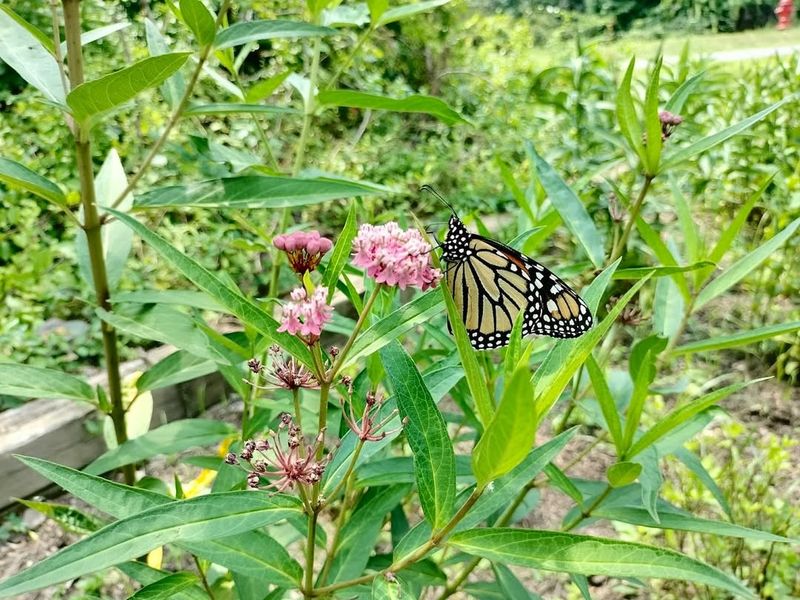More and more gardeners across Arizona are discovering the simple joy of watching butterflies flutter through their yards. Planting milkweed has become a popular way to invite these beautiful pollinators into desert gardens while supporting local ecosystems.
From what I’ve seen in my own neighborhood, this hardy native plant offers practical benefits that go far beyond just looking nice.
1. A Natural Haven For Monarch Butterflies
Monarch butterflies rely almost entirely on this plant for their survival. Female monarchs lay their eggs exclusively on the leaves, and the caterpillars feed on nothing else as they grow.
In Arizona, planting native varieties like desert milkweed gives these iconic orange-and-black travelers a critical rest stop during their long migrations. I’ve noticed more monarchs visiting my garden each spring since adding a few plants near my patio.
Supporting their lifecycle feels rewarding, especially knowing how much their populations have declined in recent years.
2. Perfectly Suited For Arizona’s Desert Climate
Our desert conditions can be tough on many garden plants, but native milkweed species handle the heat remarkably well. Once established, they need very little water and actually prefer the sandy, well-draining soil common throughout Arizona.
From my experience, Asclepias subulata and other native types bounce back quickly even after our hottest summer days. They don’t require the constant attention that non-native plants demand.
For me, that means less time worrying about watering schedules and more time enjoying the butterflies they bring in.
3. Low-Maintenance And Drought-Resistant
Busy gardeners appreciate plants that practically take care of themselves. Native milkweed fits that description perfectly, requiring minimal fussing once the roots take hold.
After the first growing season, I barely water mine except during extreme drought. They’ve survived monsoon rains and scorching June afternoons without any special treatment or fertilizers.
Pairing them with other drought-tolerant companions like desert marigold or salvia creates a self-sufficient pollinator garden that thrives on neglect rather than constant care.
4. Encourages A Balanced Pollinator Ecosystem
Butterflies aren’t the only visitors attracted to these plants. Bees, native wasps, and even hummingbirds stop by to feed on the nectar-rich blooms.
Creating habitat for diverse pollinators strengthens the entire garden ecosystem. I’ve watched my vegetable yields improve since adding more pollinator-friendly plants like lantana and milkweed around my raised beds.
A healthy mix of insects means better natural pest control and more successful fruiting plants. Everything connects in ways that become obvious once you start paying attention.
5. Adds Life And Movement To Desert Gardens
Desert landscapes can sometimes feel static, but adding butterfly magnets changes that completely. Watching wings catch the sunlight as butterflies dance between blooms brings an energy that rocks and gravel simply can’t match.
For me, mornings spent with coffee on the patio have become much more interesting since planting a small milkweed patch. The constant motion and color make the space feel alive.
Kids especially love spotting caterpillars and watching butterflies up close, turning the garden into an outdoor classroom.
6. Supports Native Biodiversity Efforts
Choosing native plants over imported ornamentals helps preserve Arizona’s unique desert biodiversity. Native milkweed species evolved alongside local butterflies and other wildlife, creating relationships that benefit everyone involved.
By planting species that naturally belong here, we’re helping reverse habitat loss caused by urban development. I’ve seen more native bees and butterflies since switching to mostly native plants in my yard.
It’s a small contribution, but when neighbors follow suit, the collective impact grows significantly across entire communities.
7. A Small Step With A Big Environmental Impact
Individual gardens might seem insignificant, but together they create vital corridors for migrating butterflies across the state. Every milkweed plant added to an Arizona yard becomes part of a larger conservation network.
From what I’ve observed, even a single plant can host multiple generations of butterflies throughout the season. The ripple effect extends beyond our fences, supporting populations that travel hundreds of miles.
Knowing my garden contributes to something bigger makes the effort feel meaningful, not just decorative.

